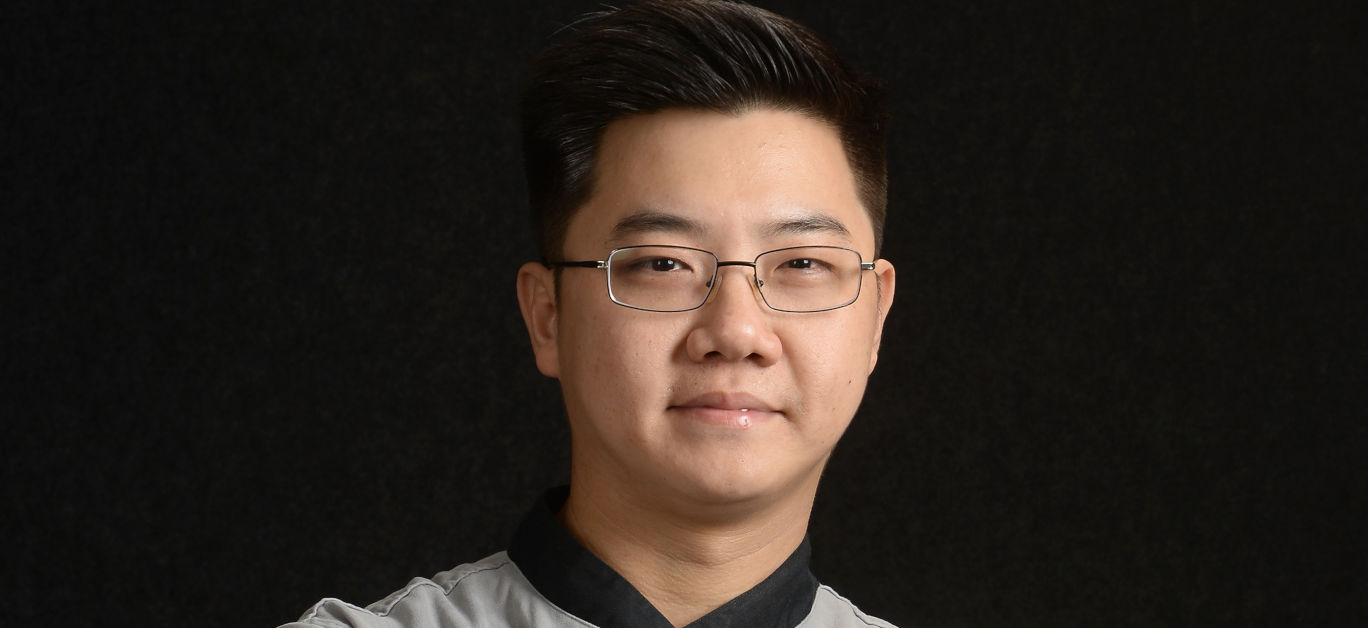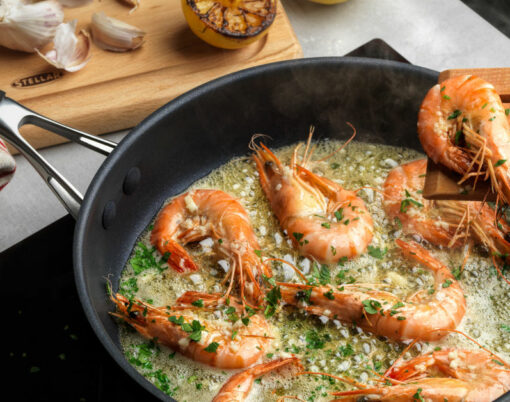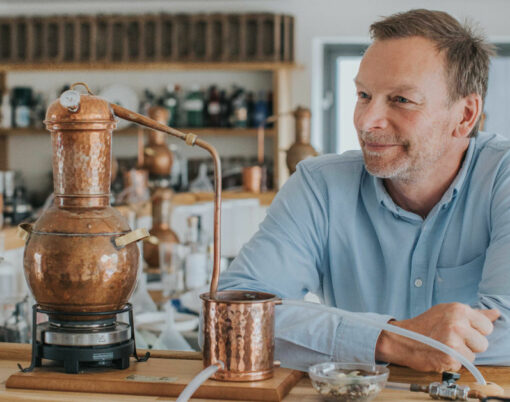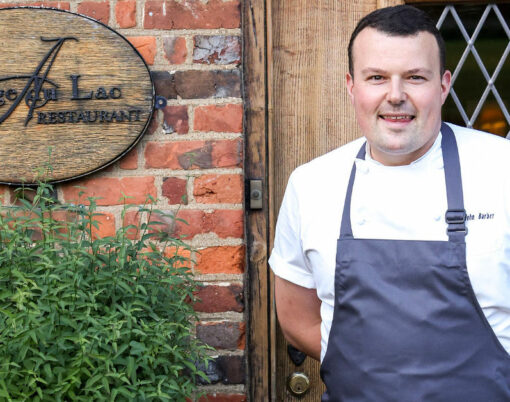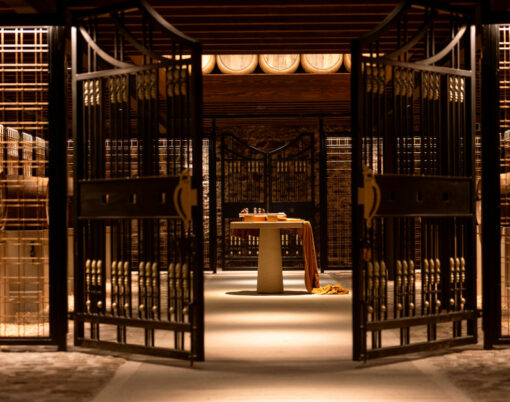Peter was born and brought up in the city of joy – Kolkata, to an ‘Indian Chinese’ family as they still proudly call themselves, ever since the first Chinese settlers, their ancestors, set foot in the Indian subcontinent in the 18th century. Peter belongs to the Hakka community which means ‘guest’ in Chinese, referring to the migrant origin of Hakka people from Northern China into the Southern province of China and finally settling down in regions like Guangdong, Shangxi and Fujian, and beyond.
Growing up in a joint family, his mum is a homemaker and his father and uncle jointly owned a shoe shop in Kolkata, which was supplemental enough to support them and their extended family. Upon completion of Higher Secondary in Kolkata in 1999, he joined the Institute of Hotel Management, Kolkata, and later graduated in 2002.
Peter started his first job with The Park, Chennai as the preopening team, for the group’s second foray into South India. After a decade with The Park, working alongside the best of hands in the industry, and stepping up from a kitchen management trainee to a chef de cuisine for an award-winning speciality Thai restaurant, Lotus, he was ready to take on his next role as an executive chef with The Raintree St. Mary’s, Chennai, one of the two hotels owned and operated by Ceebros Pvt Ltd, also a revered real estate company in the city.
Two years hence, Raintree St. Marys was transformed, with the launch of Chap Chay – a first in the city offering live stir fry kitchen complemented with an extensive repertoire of Chinese and Thai dishes, and a new all-day dining space, christened Colony.
The turning point of his career came in 2014 when he got the opportunity to join the team of one of the most renowned global Thai restaurant chains – Mango Tree in Dubai as head chef. Situated in Souk Al Bahar, Downtown Dubai, overlooking the Dubai fountain and the majestic Burj Khalifa, it was a dream destination and a dream job, come true. Being his first international experience, it was, without doubt, more than he could have asked for.
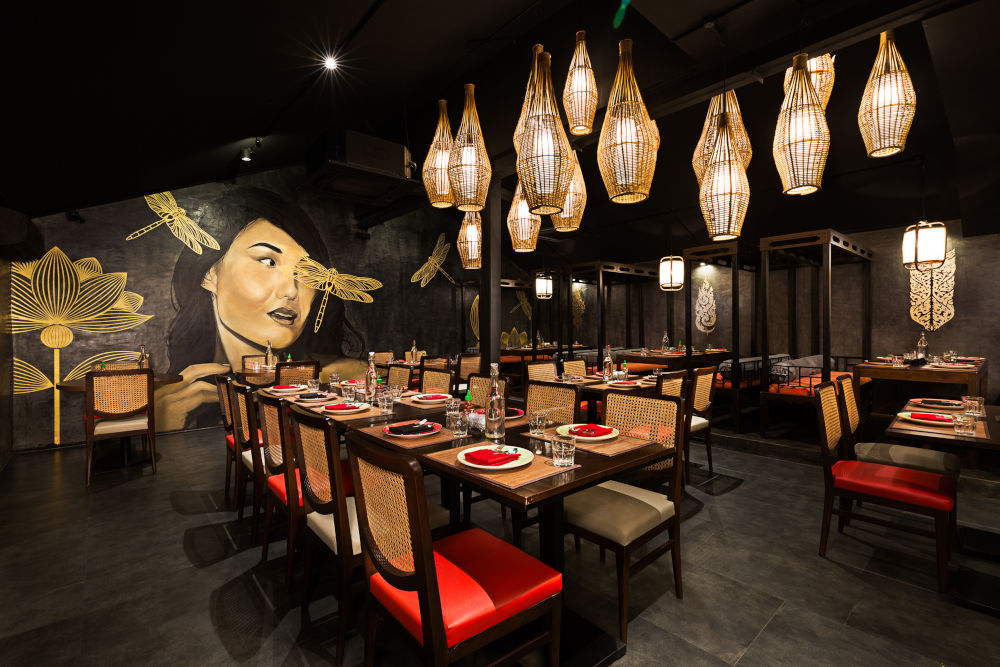
It was a learning curve every single day, be it handling the multi-national staff or cooking up with the best of ingredients or serving up the best, to cater to over 300 diverse multinational diners that come to Mango Tree every day. Unfortunately, in 2016, the restaurant had to shut down due to a lease issue with the franchise, which later helped him open up to another opportunity as a corporate chef trainer with Mango Tree Restaurants under the Coca Group in Bangkok, working alongside the famous Thai chef Pitaya Phanphensophon, CEO of Coca Group and founder of Mango Tree chain of Thai restaurants. But it was a short stint, as he had to return to India due to medical exigency.
After a break of almost three months, luck came calling, which would re-shape his career progression and the dining scene of Chennai, until today. Peter’s journey with Pricol Group started with the conception of Soy Soi as brand chef in 2016. It was born out of the need to bring in a true south-east Asian street food experience with an inexhaustive repertoire of dishes that makes the food streets, night markets, or hawker stalls of South East Asia, the most unique and diverse.
Thereby, before the opening, the core team including Peter embarked on a food tour for three weeks across South East Asia covering the best of street food encompassing Indonesia, Malaysia, Singapore, Thailand and Vietnam. Bringing home, a selection of over 500 dishes, it was time to plan, trial and shortlist the first 120 dishes on the menu of Soy Soi. After more than four weeks of trials and tastings, the first draft was agreed upon.
Soy Soi opened its doors in March 2017 in the city of Chennai. This March, Soy Soi completed its successful five years run and has been instrumental in bringing the true depth of South-East Asian dining to the city, and in these years, Pricol Gourmet has not only brought Soy Soi to Chennai but has also opened its doors to the ever-evolving palate of Delhiites in August 2021, in DLF Commons, Saket and response has been encouraging so far.
Pricol Gourmet also conceptualised and opened another casual brand called Little Soi – a more introductory and concise adaptation of Soy Soi, in the heart of Kochi, Kerala (August 2019) and another outpost in Anna Nagar Chennai (November 2021), under the same brand portfolio.
Furthermore, In his dual role as food and beverage director for Green Meadows Resort – a 20-room boutique resort, Peter also oversee the food and beverage operations of Bayroot, an exclusive World cuisine restaurant known for its Mediterranean fare and origin – a craft cocktail and Tapas Bar. The resort can also host up to 1,000 capacity catering venues and also operate bespoke catering under the brand Epicure.
We caught up with the chef to hear all about his influences, menu planning and cooking style.
What or who inspired you to become a chef?
It might sound too cliché if I said I learnt it from my mum, but I grew up in a community wherein food, and anyone associated with food were highly respected and appreciated. Food was the centre of every occasion, festivities and get-together, and I still remember the medley of dishes that used to be served during Chinese New Year or occasions.
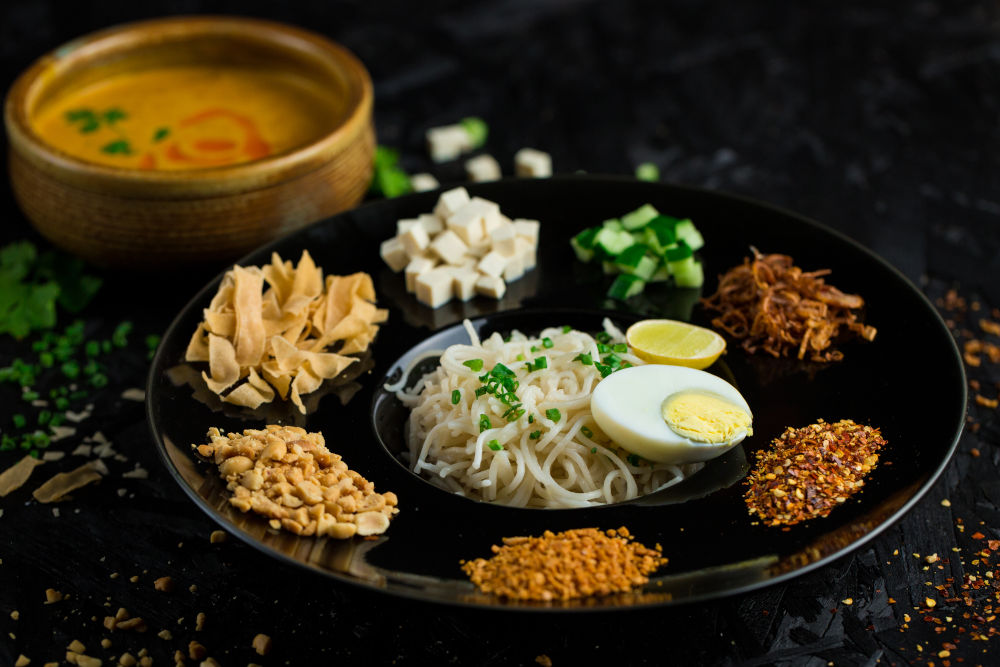
Members of the family, not limited to women alone, but men from every household used to come together and join in the preparation and cooking of the dishes that constitutes the ‘table spread’ usually consisting of ten dishes presented on a round table with ten diners in each table sitting around it. Each dish served was open to criticism or appreciation by the diners, and some even offered cooking tips to improvise on the dishes served!
My love for food and cooking became inherent during these occasions, as I grew up. My mum is an amazing cook and even today, I have not been able to replicate the flavours that she used to bring out even in the simplest of dishes.
Hakka food is a far cry from the usual Indo-Chinese food found in Kolkata, I remember the only seasonings we used to have was MSG (yes, its controversial but I grew up on it!), salt, sugar, white pepper powder and five spice powder, used in conjunction with soy and oyster sauce and dishes like steamed chicken in burnt garlic, braised fish in ginger, sweet and sour pork, prawn with preserved mustard, still leaves a taste memory, as I think of it. She has been instrumental in bringing out my love for cooking and inspired me to become a chef.
Who has been your biggest influence to get you to where you are today?
As a chef, the biggest influence that has driven me to where I am today is my diners who walk into my restaurants every day and spend their time and money on the food and experience that we represent. Their feedback and appreciation have always motivated and inspired me and my team to bring the best to their table.
I have guests who have been associated with me for more than a decade and have followed me, through my journey as a chef, and when they come to my restaurants, they would provide the most honest insight into how you have matured professionally, and most importantly advise you when you falter. Also, I believe that during my career progression, it is the people with whom I have worked, especially chefs, that help me develop a strong foundation of culinary skills and knowledge, which eventually becomes my philosophy and cooking style.
What’s your signature dish?
The crispy fried soft-shell crab with Southern Thai curry. Also called Gaeng Leung, unlike the sour version of the same dish, this is prepared with homemade curry paste of shrimp paste, fresh turmeric, lemongrass, and galangal and cooked in coconut milk, topped with crispy fried soft-shell crab. The dish is best served with steamed white sticky rice.
What are the most important considerations when crafting your menu?
Whether it would suit the palate of the diners I am offering to. Every dish on the menu has to sell and each dish needs to have a certain acceptance amongst diners. There is no point in having the dish on the menu just for the sake of it. Apart from this, the dish has to represent some authenticity and lineage to the cuisine it represents, and of course the feasibility of execution with regards to ingredients, cost and skill set – whether the team will be able to deliver the dish consistently.
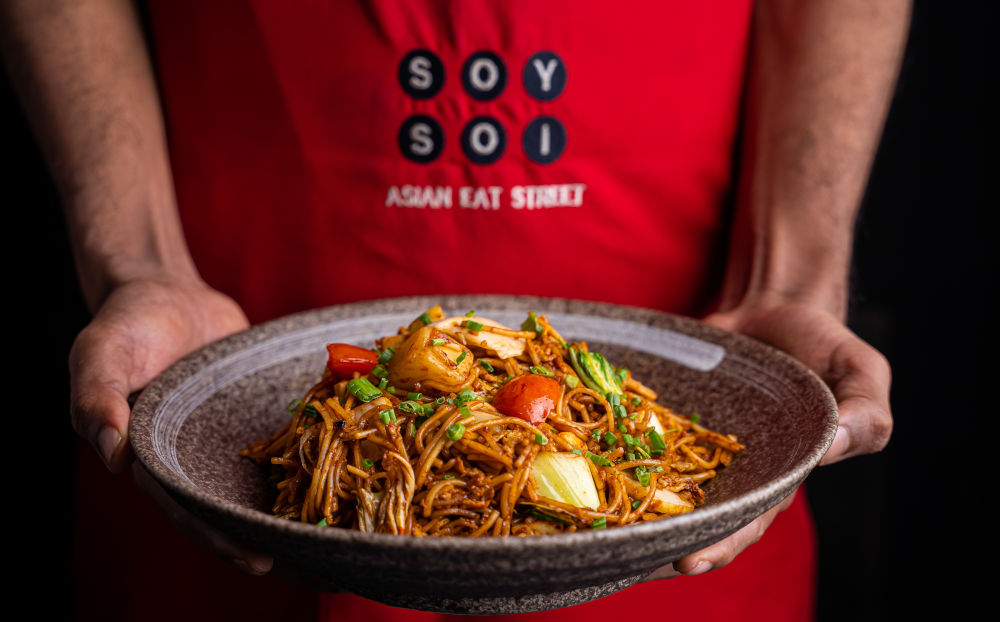
Do your personal preferences influence the menu at all?
Yes, I don’t put anything on the menu which I am not sure of the taste profile. A lot of our dishes on the menu are inspired by my travel to South East Asia and there are some dishes which are traditional and cannot be messed around with. I love to keep it that way! For example, our Indonesian Rendang is prepared in Padang style, which is the region where Rendang originated from.
How would you describe your cooking style?
I would say my cooking style is about achieving a balance – of texture, taste, authenticity and presentation with a contemporary approach, but not gimmicky. I don’t warrant putting it on the plate, just for the sake of making it look pretty or Instagram friendly.
Do you have a favourite time of year or set of ingredients that you look forward to working with?
Being in Chennai, we don’t have the privilege of seasons, but yes, I would love to explore the local ingredients which are available in the region. E.g., the indigenous black sticky rice called ‘Kavuni Arisi’ which is a close cousin of the Thai black sticky rice. Furthermore, in Chennai it’s always been a challenge to get Asian greens like Morning glory, Chinese broccoli or Kailan and certain basil varieties which are essential to South East Asian cuisine, therefore, have been working alongside a few local hydroponic farm owners to grow and develop these vegetables and ensure sustainability and availability in the region, in the long run.
What is your favourite ingredient to create with?
It’s hard to name one, as every ingredient has its role to play in certain dishes, but the one ingredient that I find it hard to keep away is lemongrass, its versatility in usage be it curries, soup, grills, dessert and even in drinks. More so, it is a common ingredient used across South East Asia.
What would you be doing if you weren’t a chef?
If I would not have been a chef, then I would have been into creative designing.
What is your favourite dish to cook at home?
Egg fried rice, my son loves it!
When are you happiest?
When the restaurant is super busy, the kitchen is in chaotic ‘order’, the guests are having a good time enjoying their meal, and the staff still have a smile on their faces.
What is your favourite piece of kitchen equipment?
The cleaver. It is so versatile and finds its usage in every cooking process. I still carry one which was gifted by one of my Thai chefs, whenever I find myself in the kitchen, be it at home or in my restaurant kitchen.
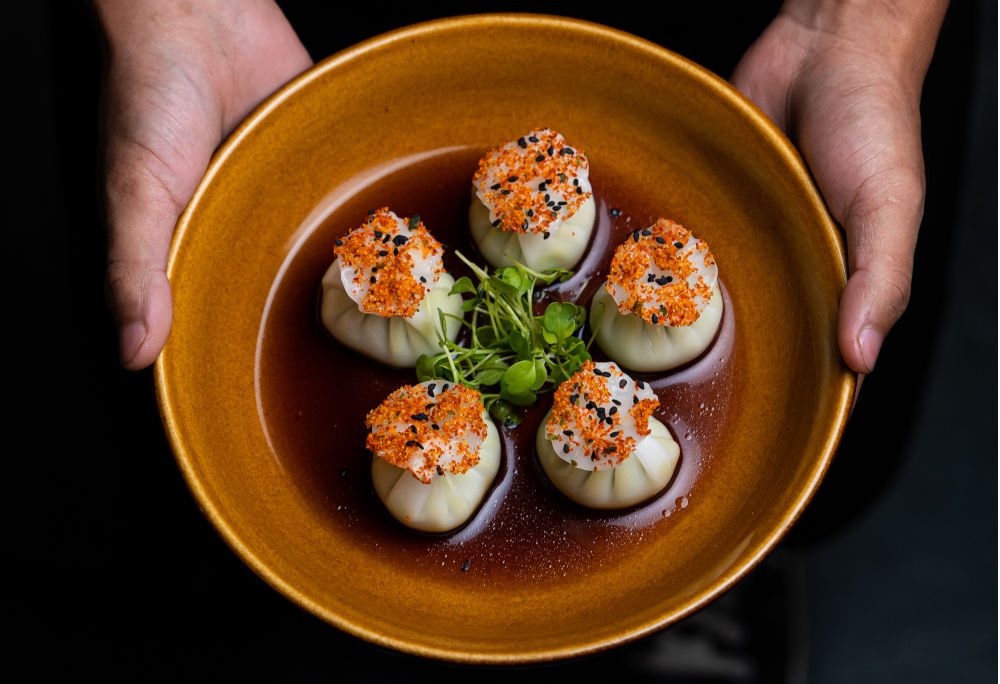
When you’re not in the kitchen where can you be found?
At home chilling out with my little ones.
What’s your favourite takeaway or comfort food?
Biryani. Growing up in Kolkata and then moving to Chennai, Biryani has always been my favourite dish beyond Chinese food.
Where is your favourite place to dine?
Having travelled most of South East Asia and having dined at more than three hundred restaurants, the most memorable meal I have had was at Mera Putih in Bali, Indonesia – specialising in contemporary Balinese food.
What do you think is the most over-hyped food trend?
The most over-hyped food trend is organic food, with all due respect to sustainability, but I guess organic food in India has been promoted as being premium and meant only for the select few who would like to feel good about what they eat and feel guilt-free about the environment. This is not going to help us in any way if the majority of the masses still feeds on commercially produced food. There are a lot of myths and bitter truths surrounding organic food but if you want to make a difference then eat what is in season and eat local.
What do your future plans entail?
So far so good! With Soy Soi we intend to open up in every metropolitan city in India, in the coming years, as well as having the presence of Little Soi in Tier-II cities. We are also considering, expanding internationally but it is still in a very nascent stage.
What differences do you find working with local produce as opposed to non-local produce in terms of what you can create and flavour?
Working in India and abroad, there is a stark difference between what you get locally and what you get non-locally (import). India is blessed with local produce indigenous to the region but production and distribution are limited, thereby limiting the exposure to that produce. However, local ingredients available find their usage in the local cuisine and are not much of an alternative to the ingredients for South-East Asian cuisine.
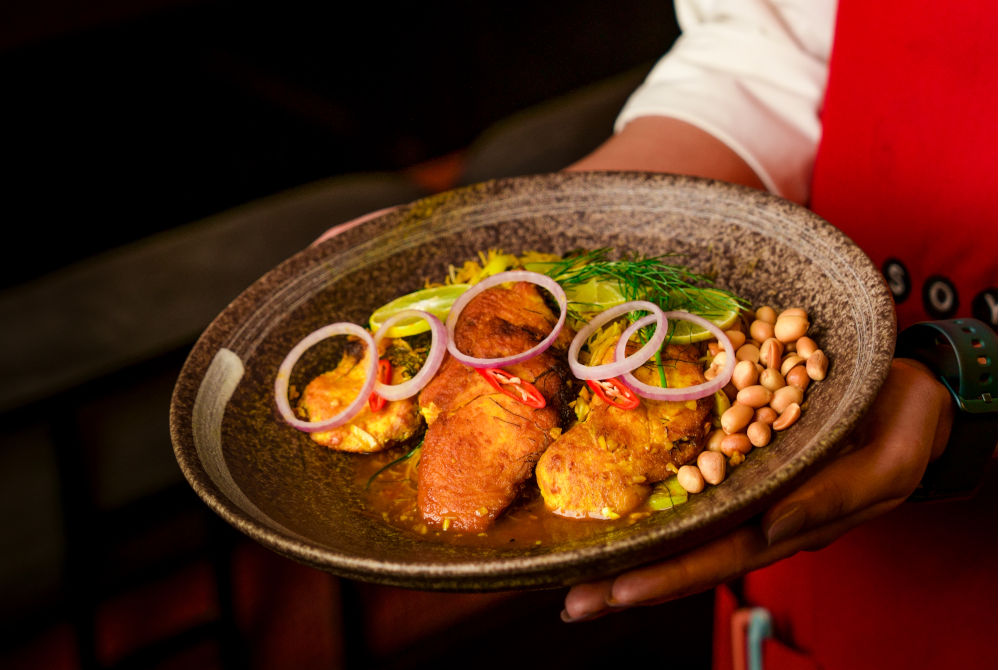
Thankfully, ingredients like lemongrass, galangal, and Thai basil are been locally grown here without much compromise on the flavour profile and have a healthy distribution system established for us to get it fresh every day in our kitchen.
How do you go about menu planning? What’s the process from picking the ingredients to getting them fresh into the kitchen and into dishes?
As outlined earlier, menu planning involves the conception of dishes, healthy ratio of dishes with regards to the region of influence, vegetarian and non -vegetarian, taste and texture profile, availability of ingredients and cost viability. Vendor meet and local market visits are key processes in ascertaining the local availability of ingredients but priority is given to preserving the authenticity and taste of the dishes, therefore the reliance on imported products constitutes almost 70-80% of our ingredients used.
What’s your favourite flavour combination?
Sweet, sour, spicy and of course umami.
What is the USP of your restaurants?
The USP of Soy Soi and Little Soi is the depth in the menu that reflects the cuisine that each dish represents, which I think no other Pan Asian restaurant does. What sets us apart is the importance given to the regional diversity of each cuisine – from the Javanese cuisine of eastern Indonesia to the Hindu influenced Balinese cuisine, from the Malay Chinese influenced Nyonya cuisine to the Kelantanese cuisine of Malaysia and Southern Thai cuisine to Isaan cuisine of north eastern Thailand.
The unique cuisine offering from the lesser-known regions of South East Asia and the honest representation of street food from iconic markets like Binh Tanh Market of Ho Chi Minh, Jonkers Street in Malacca, Chatuchak Market in Bangkok, Sukawati Market in Bali and the numerous hawker centres of Singapore, is what keeps the diners coming back for more.












